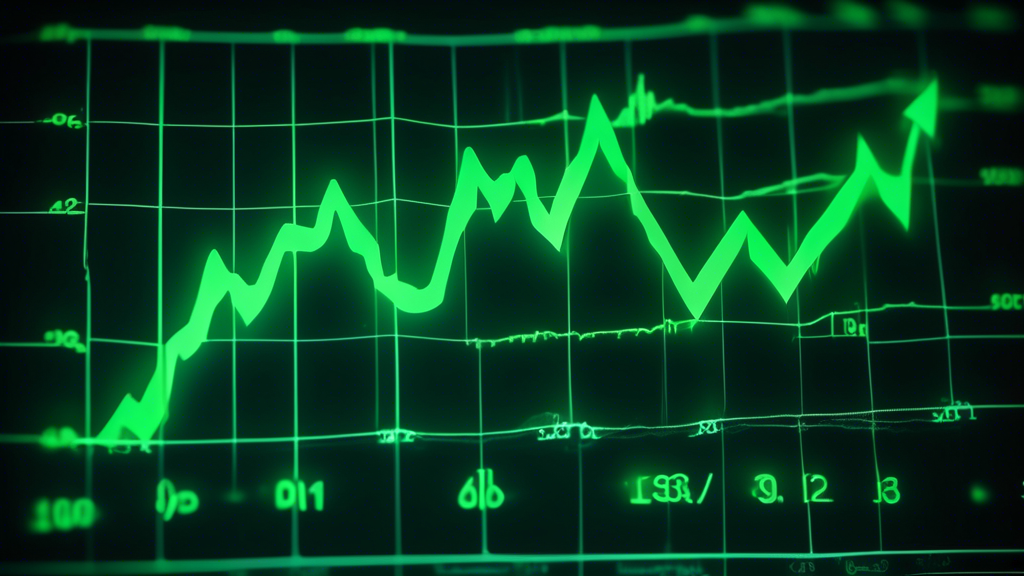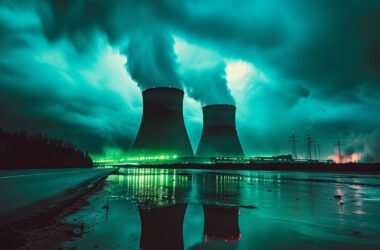Table of Contents Show
The uranium market has garnered significant attention in recent times due to its potential as a clean and efficient energy source. Investors seeking to capitalize on this burgeoning sector often turn to uranium stocks. However, navigating this complex landscape requires a thorough understanding of market dynamics and chart analysis techniques.
Factors Influencing Uranium Prices
Several key factors influence uranium prices and, consequently, the performance of uranium stocks. These include:
- Supply and Demand Dynamics: The balance between uranium production and consumption plays a crucial role in price determination. Factors such as mine closures, new discoveries, and reactor demand all contribute to this dynamic equilibrium.
- Geopolitical Events: Political instability in major uranium-producing countries can disrupt supply chains and lead to price volatility. Additionally, international agreements and regulations concerning nuclear energy can impact the uranium market.
- Energy Policies: Government policies promoting nuclear power as a clean energy alternative can stimulate demand for uranium, positively influencing prices.
- Investor Sentiment: The overall perception of the nuclear energy sector and uranium’s future prospects can drive investment flows and impact stock prices.
Technical Analysis of Uranium Stock Charts
Technical analysis involves studying historical price and volume data to identify patterns and trends that can help predict future price movements. Key technical indicators used in uranium stock chart analysis include:
- Moving Averages: These smooth out price fluctuations over a specified period, revealing underlying trends and potential support and resistance levels.
- Relative Strength Index (RSI): The RSI measures the magnitude of recent price changes to assess overbought or oversold conditions, aiding in identifying potential trend reversals.
- Bollinger Bands: These bands measure volatility and can indicate potential breakout or breakdown points in price movements.
- MACD (Moving Average Convergence Divergence): The MACD helps identify changes in momentum and potential trend shifts by comparing two moving averages.
Chart Patterns and Their Significance
Chart patterns represent recurring price formations that can provide insights into future price movements. Some common patterns found in uranium stock charts include:
- Head and Shoulders: This pattern typically indicates a trend reversal from bullish to bearish, characterized by three peaks with the middle peak (head) being the highest.
- Double Top/Bottom: These patterns signify potential trend reversals, with two consecutive peaks (double top) suggesting a bearish reversal and two consecutive troughs (double bottom) indicating a bullish reversal.
- Triangles: Triangles can be either symmetrical, ascending, or descending, and often represent periods of consolidation before a potential breakout or breakdown in price.
Fundamental Analysis and Its Role
While technical analysis focuses on price patterns, fundamental analysis involves evaluating a company’s financial health, industry position, and growth prospects. Key fundamental factors to consider when analyzing uranium stocks include:
- Company Financials: Examining metrics such as revenue, profitability, debt levels, and cash flow provides insights into a company’s financial stability and growth potential.
- Uranium Reserves: The size and quality of a company’s uranium reserves are crucial factors influencing its long-term viability and production capacity.
- Production Costs: Companies with lower production costs are better positioned to withstand price fluctuations and maintain profitability.
- Management Team: A strong and experienced management team is essential for navigating the complexities of the uranium market and driving company success.
Combining Technical and Fundamental Analysis
For a comprehensive assessment of uranium stocks, it is crucial to combine both technical and fundamental analysis. Technical analysis helps identify potential entry and exit points based on price patterns and trends, while fundamental analysis provides a deeper understanding of a company’s underlying value and growth prospects. By integrating both approaches, investors can make more informed decisions and increase their chances of success in the uranium market.










